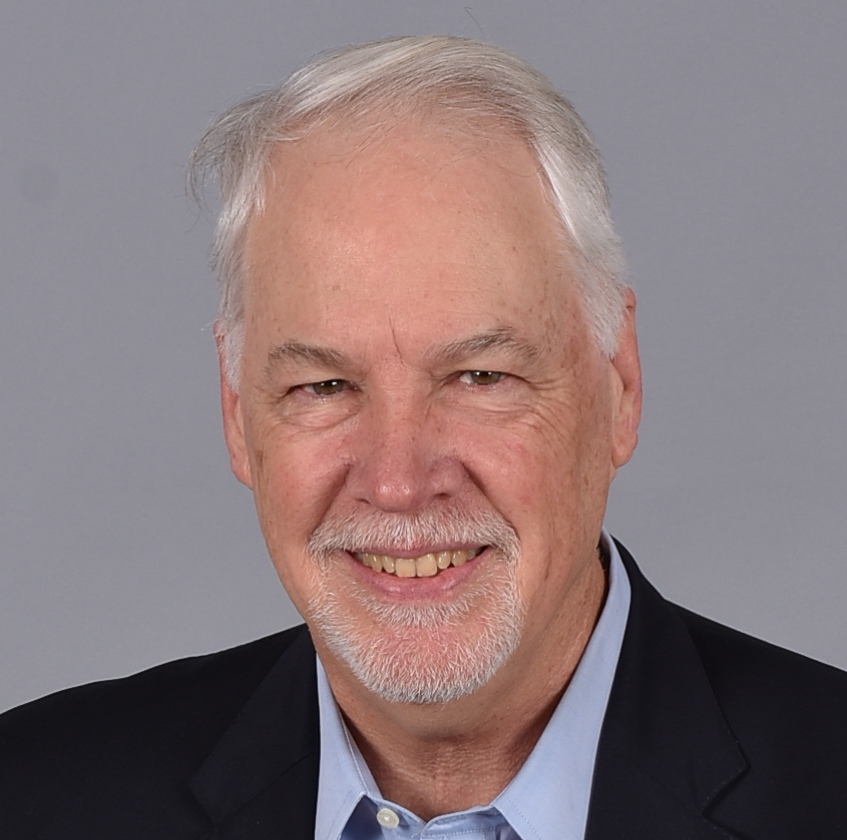Inspired by those who have taken to the streets to demand redress for racism in all its manifestations, it is time to turn our attention to structural and institutional forms of racism that perpetuate educational achievement gaps that have existed throughout our nation’s history.
Within higher education, we have repeatedly addressed cross-racial interpersonal dynamics and the subtle and flagrant forms of offense that can cause pain and trauma to members of our communities.
We have found it necessary to continually reinforce the kind of culture we aspire to—a warm, welcoming environment where everyone can thrive and be in the best position to teach and learn.
Consistent forward progress is difficult in part because we greet hundreds of new people on our campuses each year who have not yet incorporated the values we espouse. Progress is further frustrated because of inequities built into the system of higher education, and into each individual institution.
More from UB: Mentoring anchors 6 community college equity goals
Going forward, it is incumbent on everyone in higher education to identify and root out the insidious hold policies and structures maintain on inequities we desire to eliminate. We will be challenged, and we must challenge ourselves, to diagnose aspects of structural racism and inequities and take actions to eliminate or at least mitigate their effects.

It will not be easy, because many of these problems are reflections of the laws and policies of our broader society and exist throughout higher education.
With effort and attention, we can identify many possible remedies. Here are a few examples of structural inequities that initially come to mind.
The cost of attendance is too high for most families. Very few colleges cover 100% of a student’s financial need. For the majority of students at four-year institutions, the Expected Family Contribution plus grant aid does not equal the cost of attendance.
This “need gap” tends to be higher, the lower your family income. Even if the percentage of need met is equal, those with greater need will have a higher amount of unmet need, resulting in bigger loans, or the inability to cover the cost for all four years.
In other words, despite the huge amounts of financial aid granted (federal, state, and institutional), the lower one’s family income, the harder it is to pay. As a result, the resources left over to spend once a student reaches a college campus is approximately zero for low to middle income students, and therefore the harder it is to take advantage of the opportunities of college attendance.
The net cost of attendance is the No. 1 problem in higher education. And those of us working in this sector must solve this problem, or the system will crumble.
Solutions to this overarching problem may include the following:
- Lower residency models
- Applications of technology that increase student/faculty ratios, without compromising students’ learning experience
- Course and program-sharing across institutions
- Shared services collaborations
- Programs that combine work experience with credit-bearing instruction.
The Lower Cost Models for Independent Colleges Consortium, now representing more than 85 colleges and more than 160,000 students, is focused on developing and testing solutions that address the cost of attendance problem.
– Due to a lack of affordable housing and history of redlining and residential segregation, economically disadvantaged families and racially and ethnically minoritized students are more likely to commute to campus and spend long hours on public transportation.
The money, and especially the time, it takes to commute is an obstacle limiting classroom time and the ability to participate in the co-curricular life of the institution.
More from UB: 5 ways to create an inclusive environment for new leaders
Colleges could map how and from where their students travel as many do not commute to campus from their permanent residence.
As a result, it is important to determine actual departure points and design shuttle routes that would bring these students directly to campus, thereby lowering the time and cost of commuting for a significant population.
These are only a few of the areas that will require attention. Even while we have our hands full dealing with the COVID pandemic, we must attend to the issues of institutional inequities in our colleges and universities if we are to live up to our aspirations to provide the best student experience for all of our students, no matter the circumstances they face.
Michael B. Alexander is president of Lasell University in Newton, Massachusetts.

